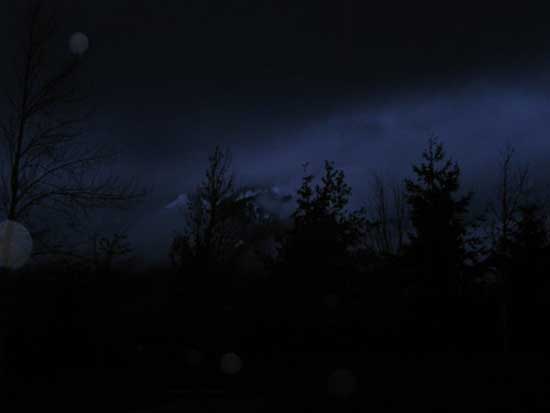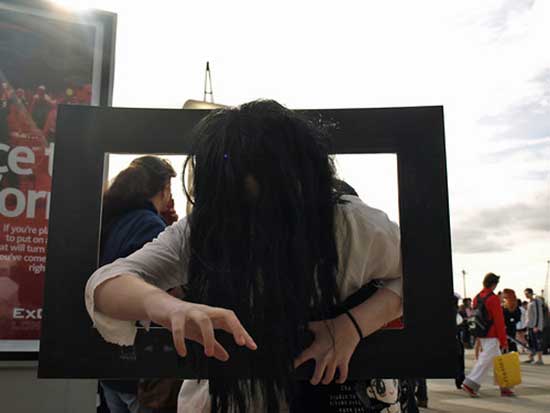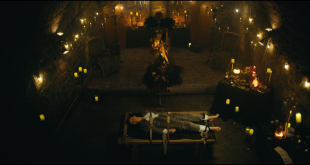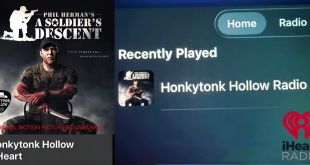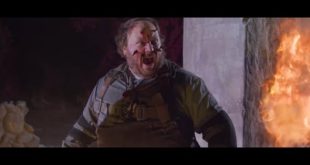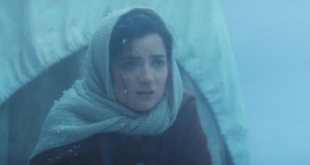When it comes to genres that transcend borders and time, horror carves out a place at the top of the mountain. Whether in video format, books, video games, or anything else imaginable, horror binds people together just as easily as its villains tear them apart (often literally).
So why is it that horror manages to be so long-lasting and flexible in this regard, where other genres like drama and action often translate and age so poorly? We peer into the darkness, to see what might be revealed.
Base Humanity
There is a lot about our shared beliefs and fears that is cultural in origin. However, there are at least as many things we’re terrified of not because of upbringing or any specific occasion, but because of who we are as animals. Our imaginations are so incredibly powerful that we can’t help but fear the dark, noises we can’t explain, and people acting in unpredictable and unexpected ways. Our nature as problem solvers fills in the blanks, which is guided by fear just as often as by rational consideration.
What this means is that, for many ideas and concepts, a broad approach is going to be just as terrifying in one place and time as it is in another. It also means that any more specific ideas which lean on greater, shared human fears have a similarly far greater chance of standing the test of time.
“Scary Night.” (CC BY-ND 2.0) by chriscoyier
Getting Indirect
When looking at what constitutes a great example of horror, we also need to factor in that just because a project leans on horror, does not necessarily mean it is horrifying itself. For example, there are many horror-themed pokie games on websites like Jack Million, Casino Dingo, and Ramses Gold. Rather than scare players, these appeal to the concept of horror and popular horror monsters and concepts, like vampires, mummies, and zombies.
Together with welcome bonuses like free spins and deposit matches, these go for a wider approach, covering for something more additional than laser-focussed. The same can be said in contemporary horror-comedy media, such as What We Do in the Shadows. These can borrow from internationally-known tropes, while still never intending to terrify, quite obviously.
Building a Legacy
The final part of this puzzle comes from the ability of a singular idea to seed an entire culture. In basic terms, even if a specific terrifying concept is alien to a culture at one point, it takes remarkably little for some ideas to migrate and take root. The 1998 Japanese horror movie Ringu was a fantastic illustration of this idea in action.
Tying into the immense legacy of Japanese urban legends and mythology, this movie brought the terrifying idea of pale-faced ghost children across the Pacific and Atlantic. Sure, movies like Children of the Corn had already shown us how disturbing children can be, but this one film is almost single-handedly responsible for adding this monstrous sub-genre into the collective western unconscious.
“Ring” (CC BY 2.0) by internets_dairy
Of all the aspects which make horror such a mainstay, it is difficult to pick just one or two elements that could be the most important. The simple fact of the matter is that we like to be scared, and we crave mystery. Whatever forms horror takes, as long as it appeals to our broad insecurities and curiosities as living beings, it has the potential to stand the test of time. However horror evolves over the next few decades, this ensures the legacy of the past will never truly be lost – and this makes horror, in its many forms, utterly unique.
 Horror News | HNN Official Site | Horror Movies,Trailers, Reviews
Horror News | HNN Official Site | Horror Movies,Trailers, Reviews
